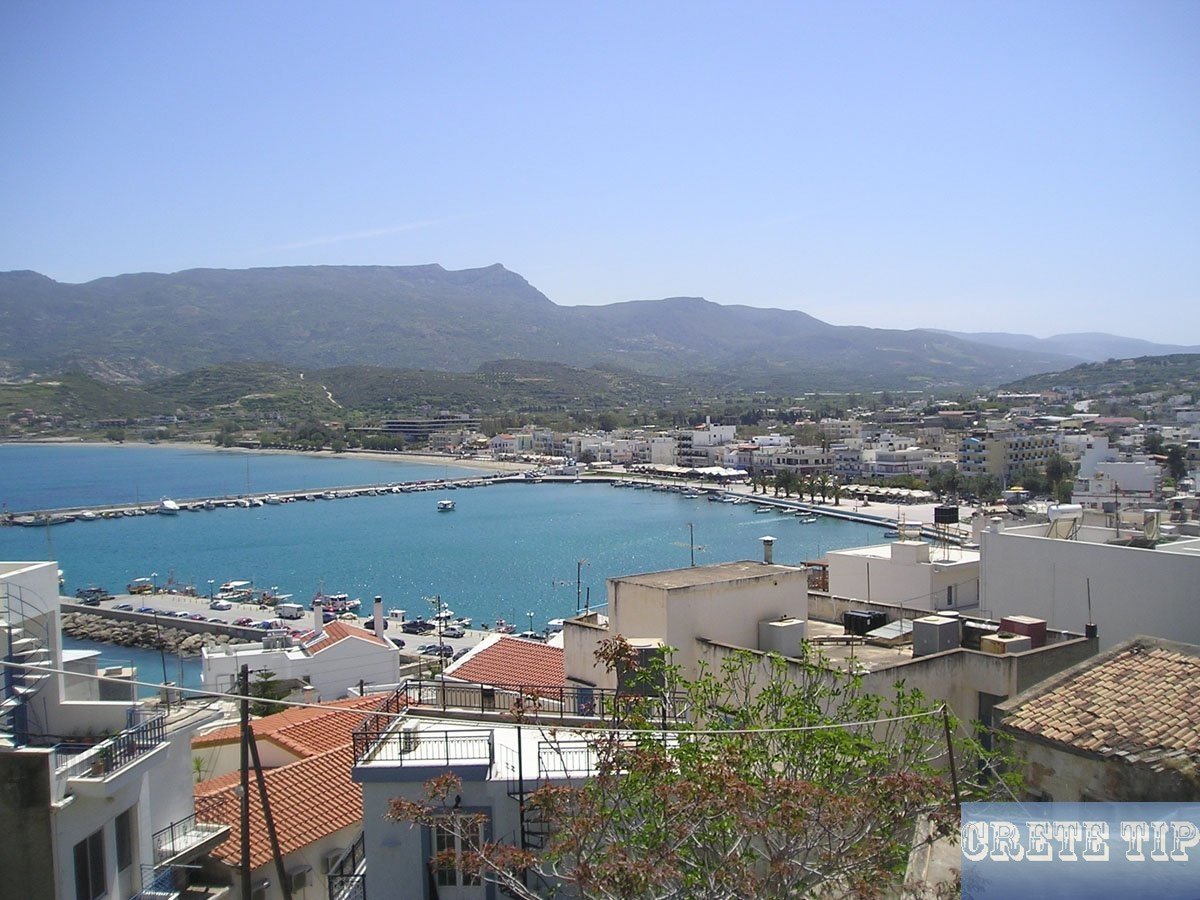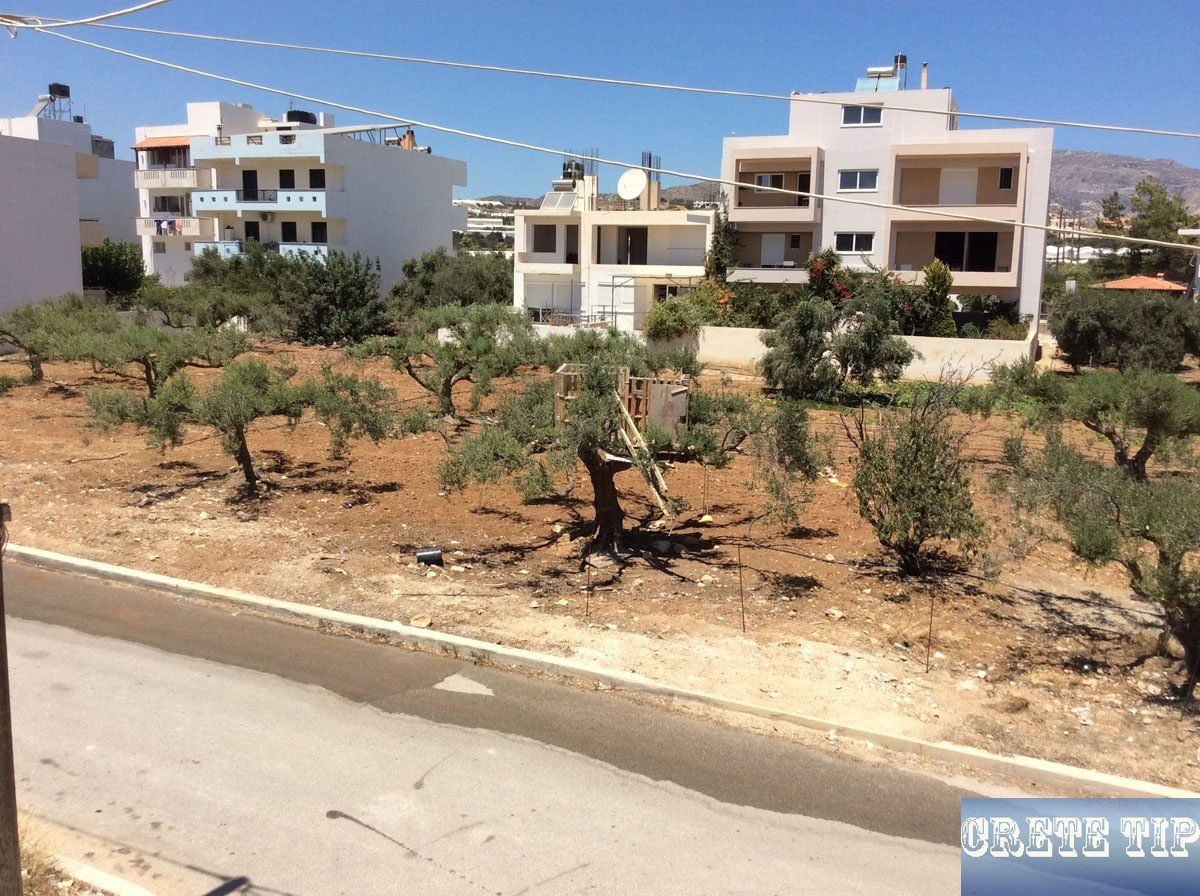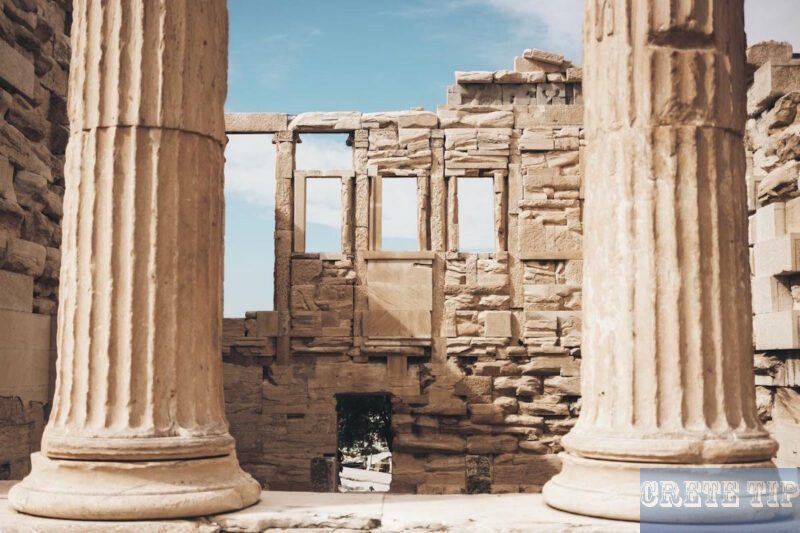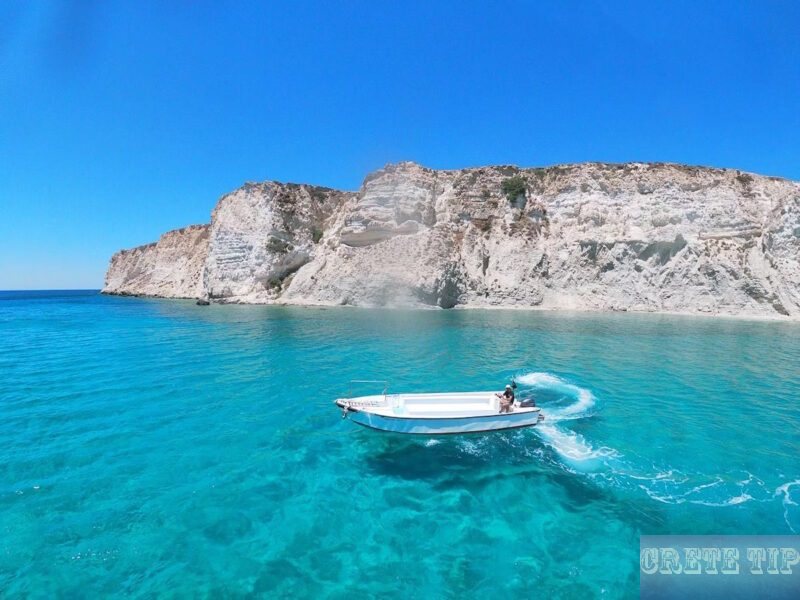Overview of the status of water management in Lassithi and Rethynmo.

Overview of water management in eastern Crete
Water resources in Eastern Crete are managed through close coordination between local water authorities and the Organisation for the Development of Crete (OAK). The Aposelemis dam is at the heart of this system, acting as a major supply point for the region.
As summer edges closer, authorities put detailed plans in place to make sure drinking water remains available and safe for all municipalities. The Aposelemis Water Treatment Plant only comes back online after a round of maintenance—no shortcuts there.
The plant’s restart is set for early May 2025. That’s pretty much a non-negotiable date, since demand always spikes as the heat settles in.
Water allocation from the dam to the Municipal Water and Sewerage Companies (DEYAs) in Eastern Crete isn’t static. It shifts by month to better match how much people actually use.
Period |
Water Supplied (cubic metres per hour) |
|---|---|
May – June 2025 |
500 |
July – August 2025 |
600 – 650 |
September 2025 |
500 |
Right now, the dam holds about 3.5 million cubic metres, but only 2.3 million are actually available for use. That buffer is there to help deal with wild weather swings and keep things running smoothly.
People seem to agree that the collaboration between OAK and the DEYAs is making a real difference. Their joint planning has managed to keep water shortages at bay, even when summer gets tough and rainfall is scarce.
There’s a lot of sharing and cooperation among the three DEYAs in Eastern Crete. This team effort lets them tackle tricky water management problems, balancing everyone’s needs while keeping safety in mind.
Researchers are also getting involved. They’re digging into water availability and tracking how much gets used, hoping to make things more efficient and find new ways to handle droughts.
These studies are already helping to improve water delivery for Heraklion and the surrounding areas.
- A sizable dam with decent reserves.
- A treatment plant that’s kept in shape and ready for action.
- Monthly water distribution plans that shift with the seasons.
- Real teamwork between development bodies and municipal water companies.
- Research pushing for even better water security down the line.
Plans Advance for Malia Pipeline and Future Almyros Integration
There’s some momentum building around the Aposelemi Dam and its water supply. A new pipeline is in the works, set to move water from springs near Malia straight to the Aposelemi reservoir.
Funding for this pipeline is already sorted, which is a big win for the region. The goal is to boost the dam’s capacity and help meet local demand, especially as things heat up.
Right now, a detailed study is underway. Once that wraps up, construction can finally get going, but nobody expects water to start flowing before next summer—the paperwork and planning just take time.
Local officials aren’t shy about how urgent this is. The mayor nearby has stressed how vital this investment is, both for the local people and the broader economy.
Water security in Crete is still a tough nut to crack. There are also plans to talk more about managing water from the Almyros river, which could be a game-changer if handled right.
Regional leaders are set to meet and hash out strategies for working together on this front.
Key points of the Malia pipeline project:
Aspect |
Details |
|---|---|
Source |
Springs in Malia |
Destination |
Aposelemi Dam reservoir |
Funding secured |
Yes |
Current phase |
Study and design |
Construction start |
Expected after study and funding approval |
Importance |
Increases water supply to critical areas |
Further plans |
Future water management talks on Almyros |
This infrastructure is widely seen as crucial. It’s a proactive move to help the area cope with rising demand and support long-term growth.
Drought in Crete: Critical Levels at Lake Kournas and Argyroupoli Water Sources
Things are getting tense in Crete as the drought drags on. Lake Kournas, one of the island’s main freshwater sources, has seen its water level drop to worrying lows.
This lake provides for many households in Rethymno, so the decline is hitting close to home. The water springs near Argyroupoli aren’t faring much better—their reduced flow has local authorities on edge.
Both Kournas and Argyroupoli are struggling to keep up as summer closes in. It’s a tough spot to be in.
Water Use and Distribution Limits
Municipal water companies (DEYA) and local authorities are now under pressure to strictly control water use. Supply to homes and businesses is capped by the hour, all to make sure the reservoirs don’t run dry before autumn rains finally arrive.
Area |
Estimated Water Supply per Hour (m³) |
Purpose |
|---|---|---|
Rethymno (from Kournas) |
20 – 30 |
Domestic use |
Argyroupoli springs |
15 – 25 |
Drinking water |
These numbers can change day by day, depending on rainfall, groundwater, and how much water farms and households need.
Impact on Agriculture and Daily Life
Farmers are feeling the squeeze with less water for irrigation. Vineyards and olive groves—big parts of the local economy—are at risk of smaller harvests if the dry spell keeps up.
For everyone else, water rationing means only having water for a few hours a day. That messes with cooking, cleaning, and just staying cool in the summer heat.
Measures to Manage the Crisis
- Asking residents to cut back on water use.
- Keeping a close eye on reservoirs and spring flows, almost hour by hour.
- Holding off on any irrigation that isn’t absolutely necessary.
- Getting new projects in the pipeline to store and distribute water better in the future.
If the rains don’t come or something doesn’t change, the situation at Lake Kournas and the Argyroupoli springs could get even worse. That’s a real worry for both city folks and farmers.
Water Use Restrictions in the Municipality of Sitia

The Municipality of Sitia has rolled out new measures to get a handle on irrigation water use. These steps are a response to the ongoing struggles with keeping the irrigation network up to scratch in places like Pervolakia, Stavromenos, and Mochlos.
Repairs and upgrades to the irrigation system are about 70% done. But there’s still work hanging in limbo—some payments are overdue, and a few key parts haven’t been installed yet.
The local authority decided to give the contractors three more months to wrap things up, hoping to finish all the digging and pipe-laying that’s left.
They’re also tweaking the irrigation rules. The changes give the local Irrigation Committee more responsibility and spell out exactly what water managers have to do.
One big shift is tighter monitoring to stop illegal water withdrawals. Users now need to let managers know ahead of time if they plan to irrigate.
Key Points of the Water Use Control Measures
-
Project Completion Extension: The repair work deadline is now mid-June 2025. The idea is to get everything finished without punishing contractors for delays that weren’t their fault.
-
Updated Irrigation Rules: The municipality has toughened up the rules, with new ways to manage water and penalties for anyone caught using more than their share.
-
Role of Local Committees: The Irrigation Committee now has more say in how water gets handed out and making sure everyone follows the rules.
-
Improved Monitoring: Water managers must keep good records and make sure farmers give notice before tapping into the supply. The hope is to cut down on waste and stop unauthorized use.
Irrigation Water Allocation Limits
To keep things fair, specific water quotas are set for different crops.
Cropy Type |
Water Allocation (cubic metres per acre) |
|---|---|
Gardens and Orchards, other Tree Crops |
200 |
Vineyards |
100 |
Olive trees |
5 |
Greenhouse crops |
600 |
The limits are meant to help farmers get through the season without draining the system dry.
Removal and Control of Water Meters
Every drop used for irrigation is measured by water meters. The municipality is cracking down—any unauthorized meters, or ones used for sneaky withdrawals, are getting pulled out.
This way, billing stays accurate and water isn’t wasted on the sly.
Ongoing Challenges and Future Steps
Some smaller purchases and installations are still pending in a few spots. The municipality is pushing to get these sorted out so the whole network runs better.
All these efforts are about protecting water for farmers while nudging everyone toward using it more wisely. Officials are pretty clear: it takes teamwork from all sides to keep things sustainable.
Frequently Asked Questions
How frequently are water supply interruptions planned in Heraklion, Crete?
Water supply interruptions in Heraklion? They’re planned as needed, usually tied to maintenance or some hiccup in supply. Most of the time, folks get a heads-up so the disruption isn’t a total surprise.
What is the emergency contact number for DEYAH Heraklion?
If you’ve got a water emergency, DEYAH Heraklion is on call at 2810339050. That line’s meant for quick help in case something breaks or the water stops running.
Who leads DEYAH in Heraklion, and how can they be contacted?
The president of DEYAH Heraklion is in charge of the whole operation. If you need to reach out, you’ll usually find their contact info through DEYAH’s customer service or on the official site, though it’s not always front and center.
How can a customer update their name on a DEYAH Heraklion water account?
If you want to change the name on your DEYAH account, you’ll need to show ID and proof that you own or rent the place. You can do this in person at the DEYAH office, or just use their online channels if that’s easier.
Are there planned water cuts in Ammoudara, and where are these announcements posted?
Planned water cuts in Ammoudara? They’re announced in advance, usually through local notices or on DEYAH’s official pages. It’s a good idea to check those spots now and then so you’re not caught off guard.
How should one report a water supply problem to DEYAH Heraklion?
If you’re dealing with water supply issues, you can call DEYAH’s emergency phone number. Another option is to send them an email.
Usually, DEYAH gets back to people pretty quickly and tries to sort things out fast. It’s worth reaching out as soon as you notice a problem.





